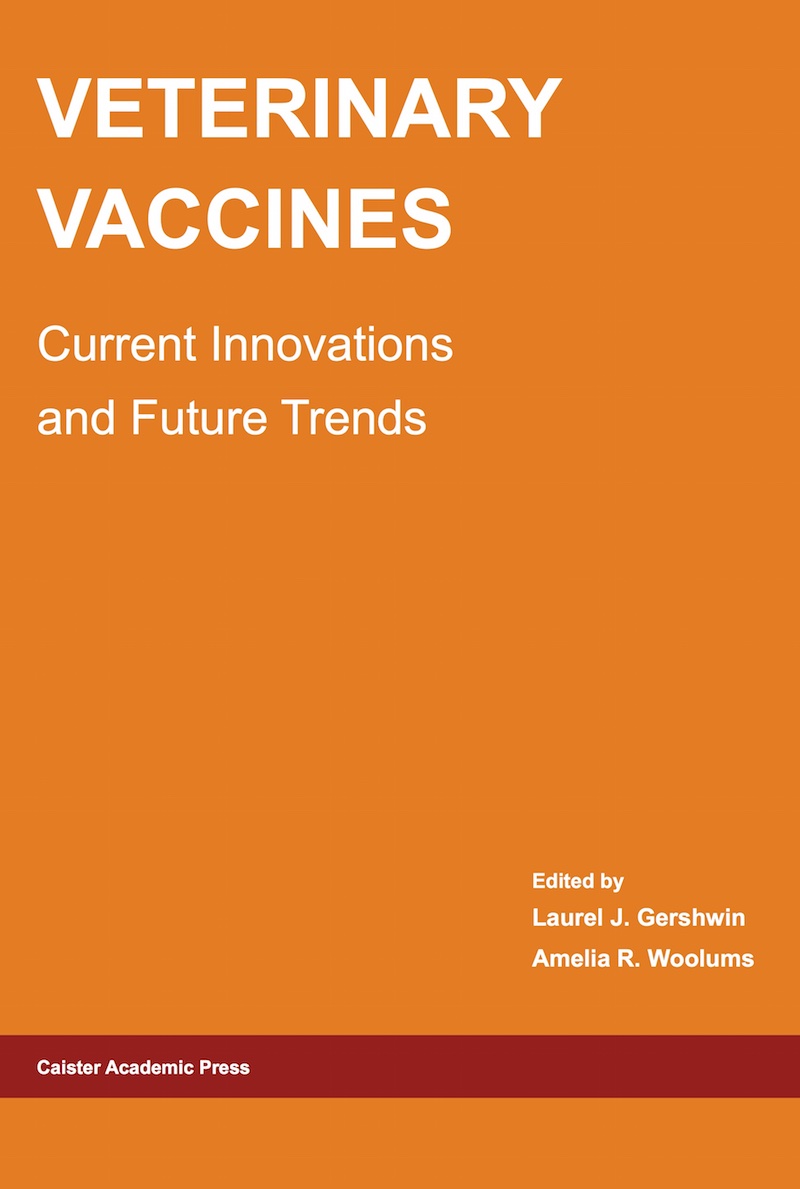Extensive Spatial and Temporal Clustering of Campylobacter Infections Evident in High-Resolution Genotypes
Norval J.C. Strachan and Ken Forbes
from: Campylobacter Ecology and Evolution (Edited by: Samuel K. Sheppard). Caister Academic Press, U.K. (2014)
Abstract
Outbreaks of campylobacteriosis are rare with approximately 99 % of cases being individual sporadic human infection, where they are typically unrelated in time and space and presumed to be acquired from different sources. However, the sporadic nature of campylobacteriosis has yet to be evaluated at the strain level using high resolution genotyping. In this chapter we investigated most cases reported in Scotland between July 2005 and September 2006 (N=5167), where human isolates were typed by sequencing 7 multi-locus sequence typing loci and the flaA locus. Here, general and household outbreaks that were defined using epidemiological data were compared with apparently sporadic cases, with the aim of identifying clusters of cases in time and space by recognising common strain types that may indicate a common source of infection. Spatial clusters representing 5% of cases occurred in 20 of 247 ST-flaA strains, and temporal clusters representing 12-13% of cases occurred in 67 of 316 ST-flaA strains. Similar to sporadic cases, strains from both temporal and spatial clusters (mainly C. jejuni) were attributed mainly to farm ruminants and chicken. Campylobacter infections defined as genotypic strains showed up to five times more in clustered cases than was evident from recognised outbreaks using epidemiological data (general (N=3 No of cases/%) and household (N=50 No of cases/%)). These clusters of homogenous genotypes potentially reflect shared origins either via food or the environment. Analysis of isolates characterised by high-resolution genotyping revealed unexpectedly frequent cases in spatial and especially temporal clusters, suggesting that related cases often go unrecognised but are perhaps more common than initially thought read more ...



